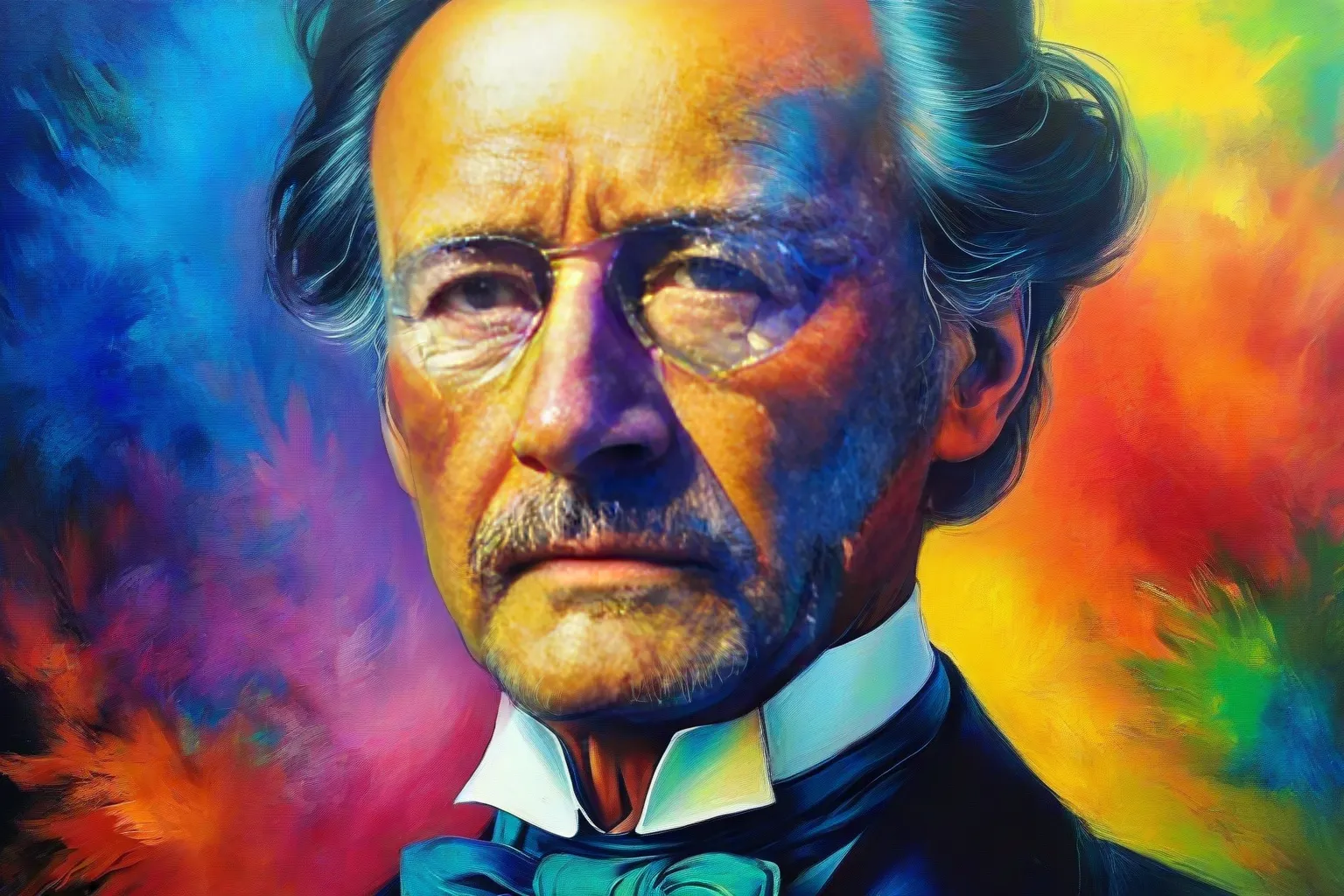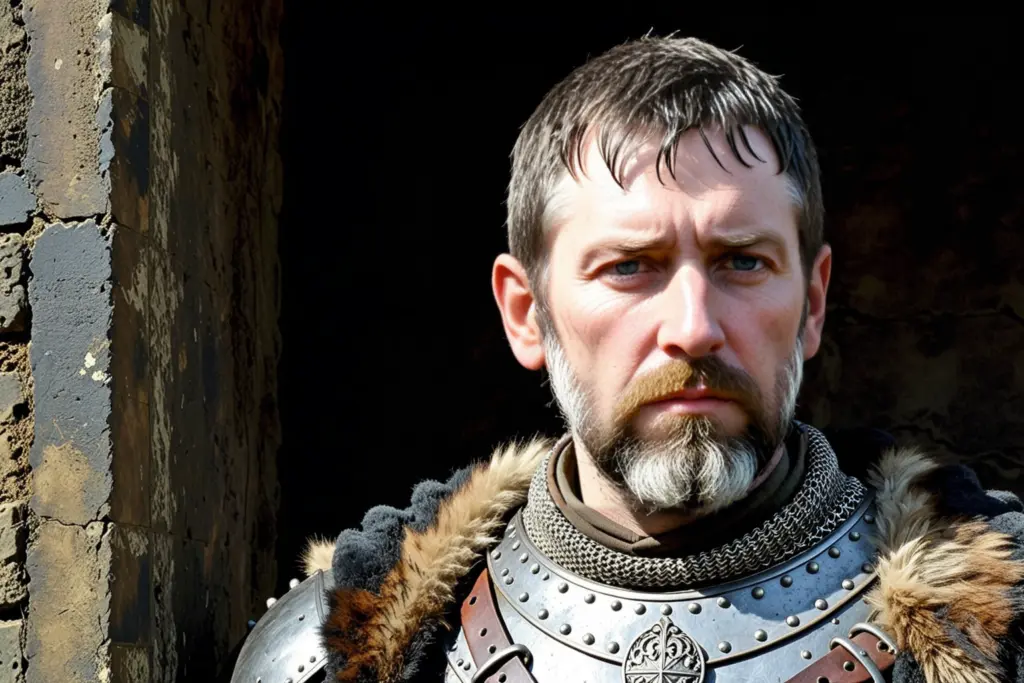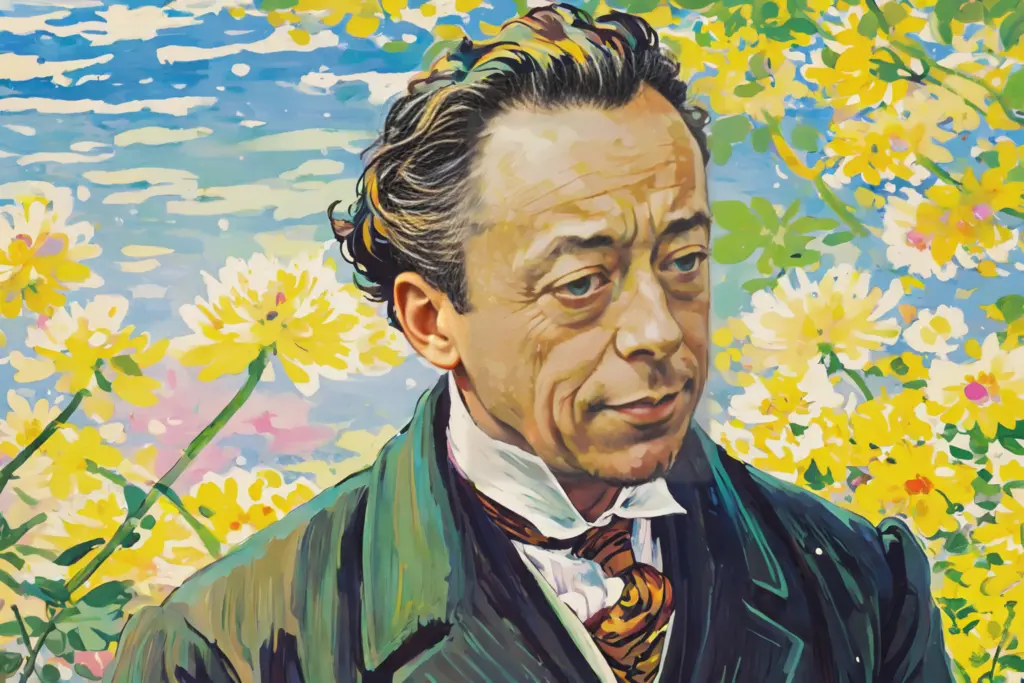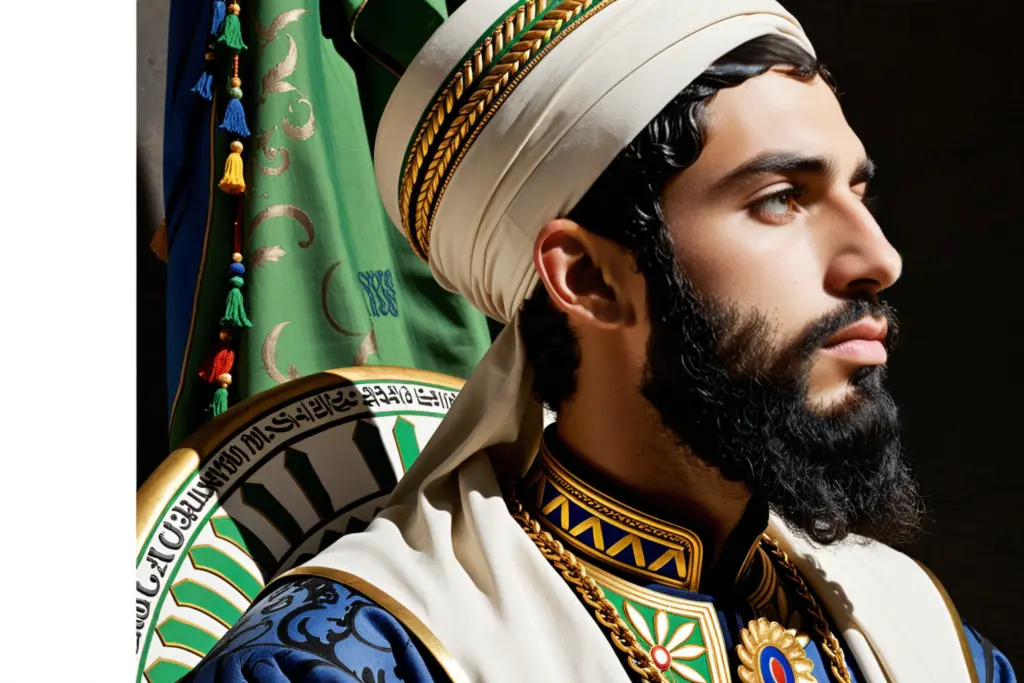
Portrait of Richard Wagner, Rayonism, Pastel Painting
1. Richard Wagner (1813-1883) was a German composer, theatre director, polemicist, and conductor who is chiefly known for his operas and is part of the nationalistic tradition influencing 20th-century classical music.
- He revolutionized opera by giving it a distinctly Germanic form, which he called “Gesamtkunstwerk” or “total work of art”. This concept aimed to combine all forms of art into one unified whole, with each component influencing the others.
His most famous operas include “The Flying Dutchman”, “Tristan und Isolde”, and the four-opera cycle called “Der Ring des Nibelungen”. The latter consists of “Das Rheingold”, “Die Walküre”, “Siegfried”, and “Götterdämmerung” and is based on Norse mythology.
Wagner’s works often feature a leitmotif, a recurring theme or phrase that represents characters, emotions, or ideas in the opera. This concept allowed him to create an intricate tapestry of interconnected musical elements that evolve throughout the narrative.
Despite his significant contributions to music and opera, Wagner’s personal life and political beliefs were contentious. He was married four times and faced numerous scandals involving extramarital affairs. Additionally, he expressed antisemitic views later adopted by Adolf Hitler and the Nazi Party, which has tainted his legacy.
Wagner’s music is characterized by its chromaticism, emotional depth, orchestral innovation, and complex, dramatic structures. His compositions often deal with profound themes like love, death, and redemption, making them some of the most influential in Western classical music.
In addition to his creative accomplishments, Wagner was also a skilled conductor who conducted his own operas during their premieres. His conducting style emphasized the interplay between voices and orchestra and helped shape the way future generations would interpret his works.
Text model: dolphin-mistral
Image model: ZaxiousXL

The Neural Navigator is a creative mind behind the lens of AI-generated images.
The Neural Navigator is always pushing the limits of what’s possible in this exciting new frontier of digital creativity. Whether it’s surreal landscapes, abstract patterns, or striking portraits, each image is a testament to the endless potential of AI-driven art.
Follow The Neural Navigator for a daily dose of innovative and visually stunning AI-generated imagery.


